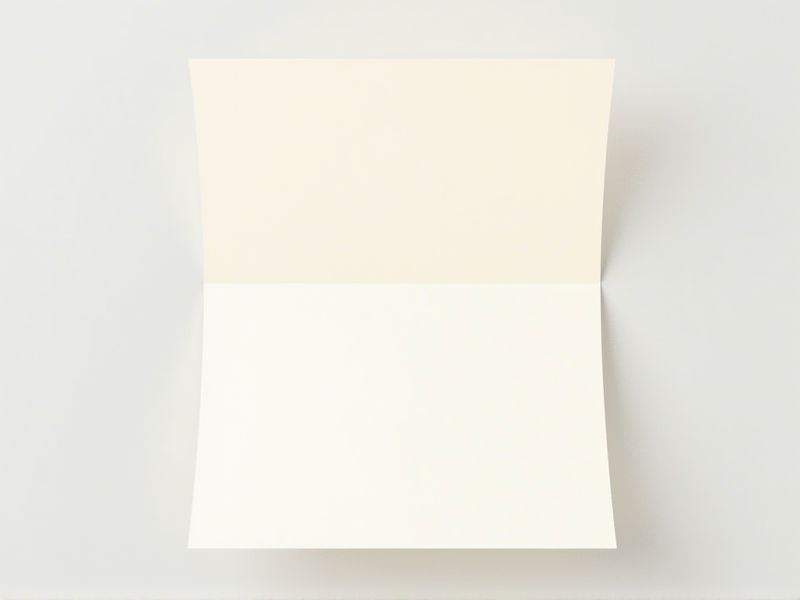
When writing a letter for official use, it is important to maintain a clear, formal, and professional tone throughout. An official letter typically includes key elements such as the sender's address, date, recipient's address, a formal salutation, the body of the letter, a courteous closing, and the sender's signature and name. Structuring your letter properly ensures effective communication and helps convey your message with clarity and respect. Whether you are addressing a colleague, a client, or an institution, using the correct format reflects your professionalism. To assist you further, explore the various official letter templates available in this article.
Samples of letter format for official use
Professional Letter Template For Official Use
Formal Letter Format For Business Correspondence
Official Letter Writing Guidelines For Professionals
Standard Letter Format For Government Use
Official Correspondence Letter Style Guide
Business Letter Format For Official Communication
Etiquette For Writing Official Letters
Structured Letter Format For Organizational Use
Corporate Letter Template For Formal Requests
Professional Correspondence Letter Layout
Official Letter Format For Job Applications
Business Communication Letter Examples For Officials
Official Letter Writing Standards For Agencies
Letter Format For Official Invitations And Notices
Business Letterhead Format For Official Letters
Official Letter Structure For Memos And Reports
Guidelines For Official Complaint Letter Format
Official Letter Format For Academic Purposes
Professional Thank You Letter Format For Official Use
Official Letter Format For Legal Correspondence
Important Things to Know when Writing Letter Format For Official Use
Use A Professional Header With Sender'S And Receiver'S Information
A professional header is essential for official letters, as it establishes credibility and clarity. Include your name, address, phone number, and email at the top, followed by the date. Below that, add the recipient's name, title, company name, and address, ensuring proper alignment. This format not only enhances readability but also provides important contact information for future correspondence.
Include Date And Reference Number (If Applicable)
When preparing a letter for official use, it is crucial to include the date prominently at the top, ensuring it reflects the day the letter is being written. This not only establishes a timeline but also offers context for any future correspondence. If applicable, incorporating a reference number can significantly enhance the letter's traceability, making it easier for recipients to identify and respond to inquiries. By adhering to these formatting guidelines, you ensure clarity and professionalism in your communication.
Use A Formal Salutation And Closing
In official correspondence, a formal salutation sets the tone for professionalism, with options such as "Dear [Title] [Last Name]" being widely accepted. Your closing should also reflect this formality; "Sincerely," or "Best regards," are appropriate choices that convey respect. Ensure to leave space for your signature above your printed name, indicating authenticity and commitment to the content. This attention to detail in letter formatting enhances clarity and demonstrates respect for the recipient.
Keep Language Clear, Concise, And Polite
When crafting an official letter, clarity and conciseness are paramount to ensure your message is understood without confusion. Use straightforward language, avoiding jargon or complex phrases that may obscure your point. It's essential to maintain a polite tone throughout, as this reflects professionalism and respect towards the recipient. A well-structured letter not only conveys your thoughts effectively but also enhances your credibility in formal communications.
Maintain Proper Alignment, Spacing, And Font Style
Maintaining proper alignment, spacing, and font style is crucial in letter formatting for official use. Use a standard font like Times New Roman or Arial in 12-point size to ensure readability. Ensure that text is left-aligned, with consistent spacing between paragraphs to create a clean appearance. Proper formatting not only enhances professionalism but also makes your correspondence easier to read and understand.
